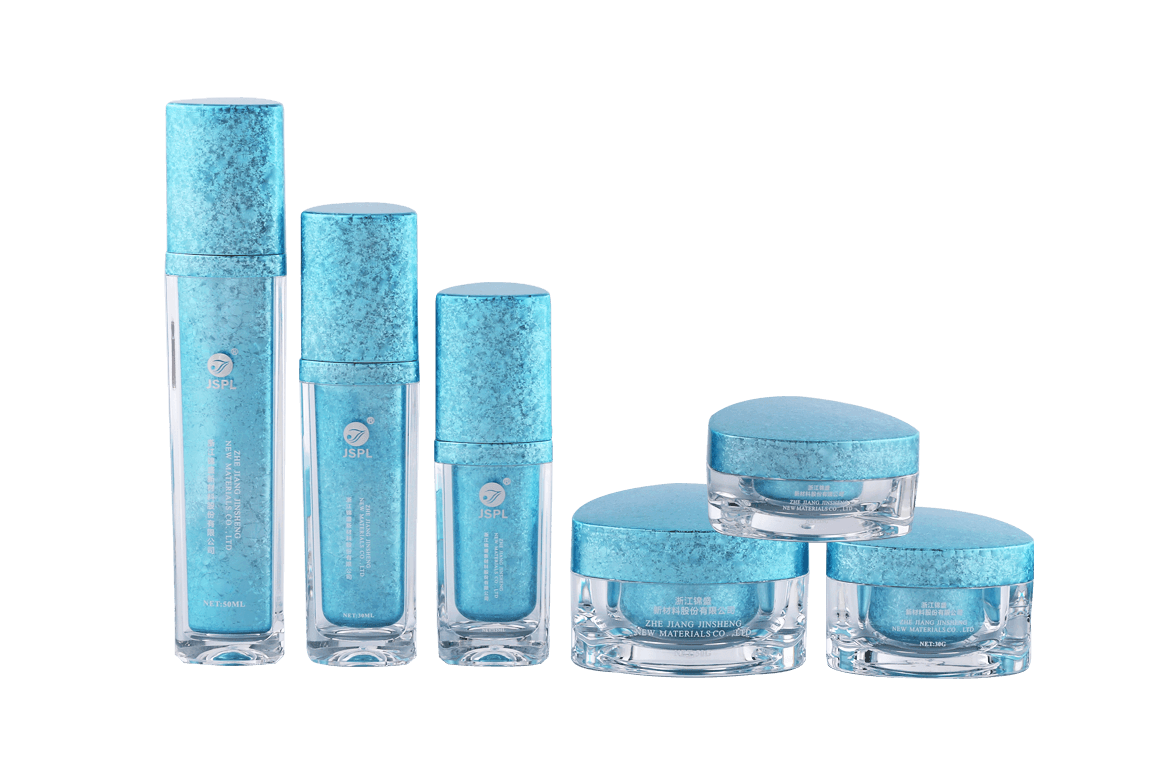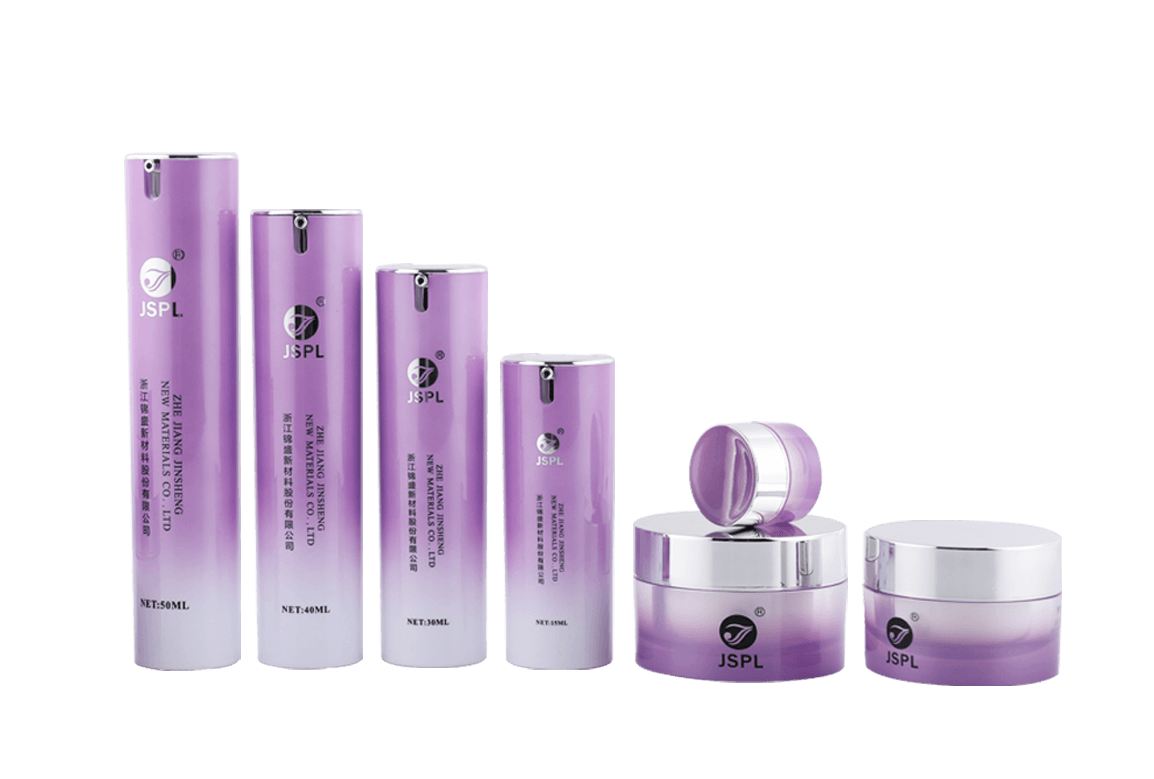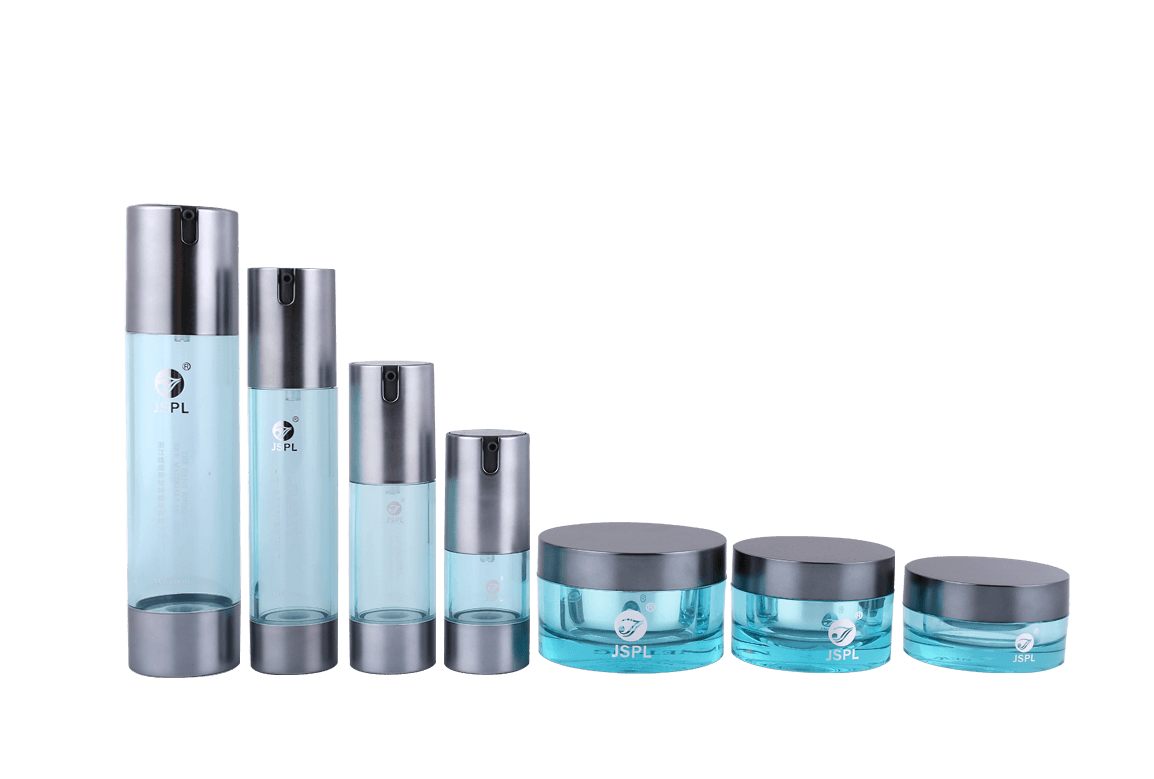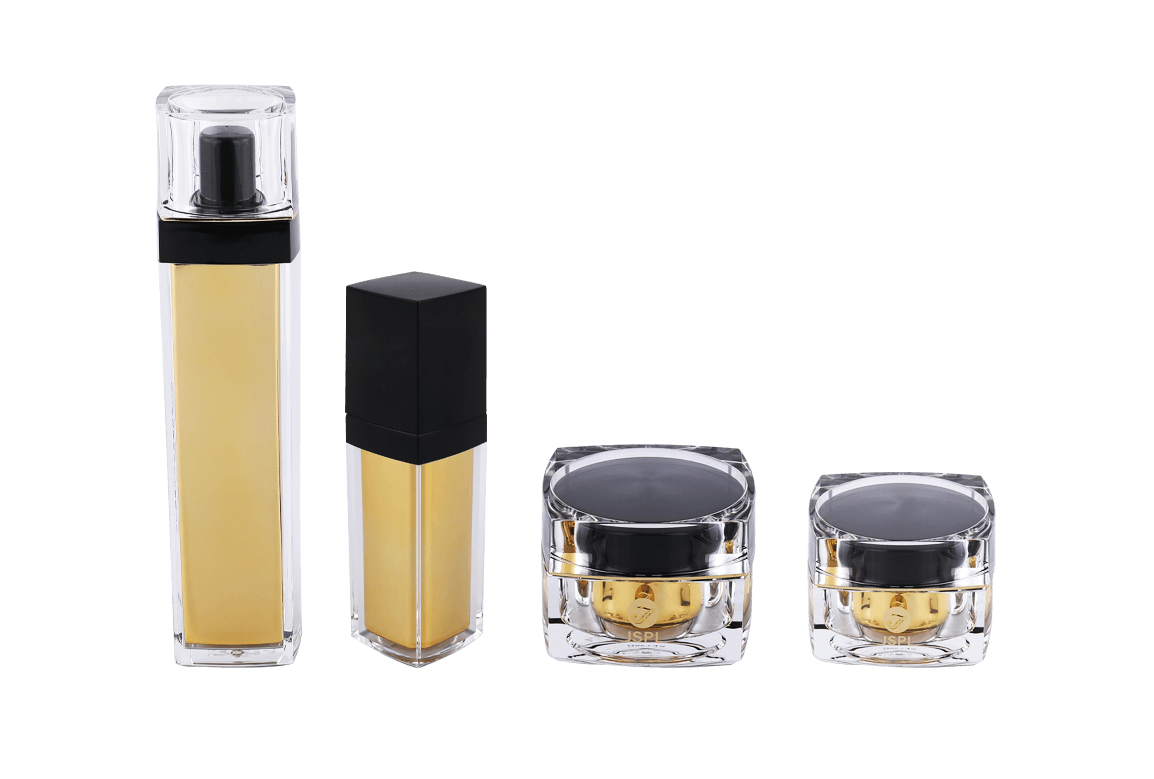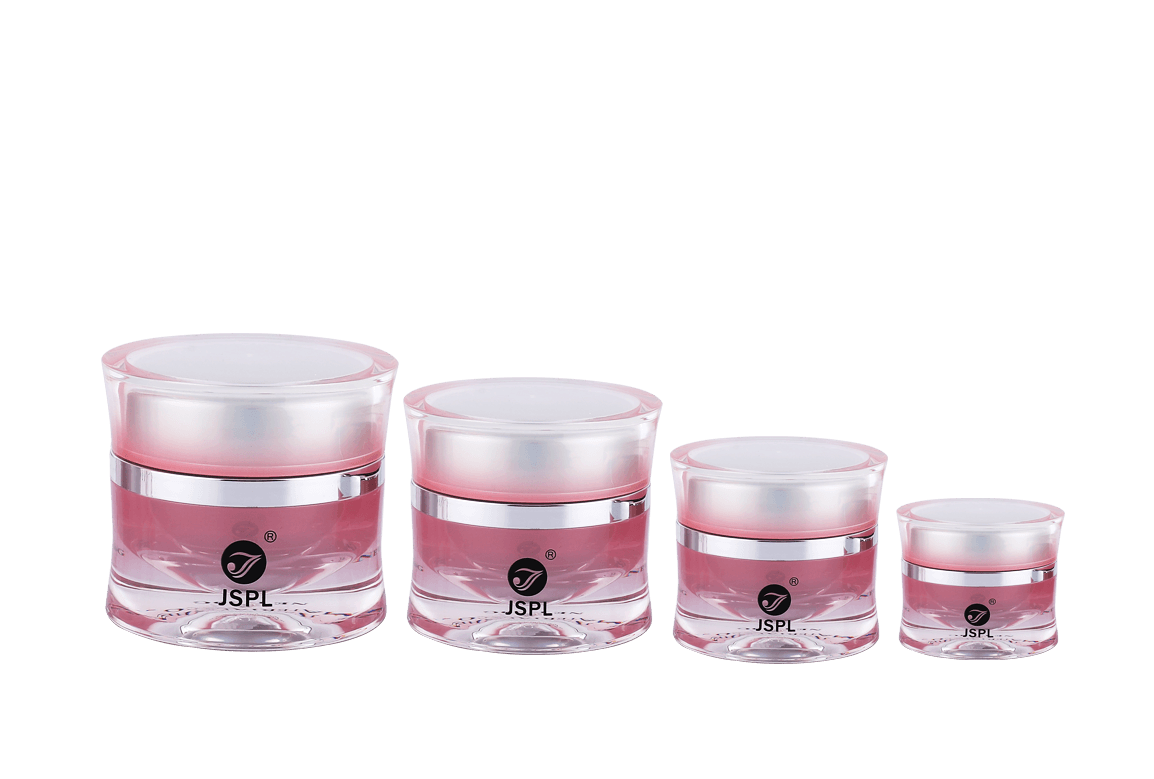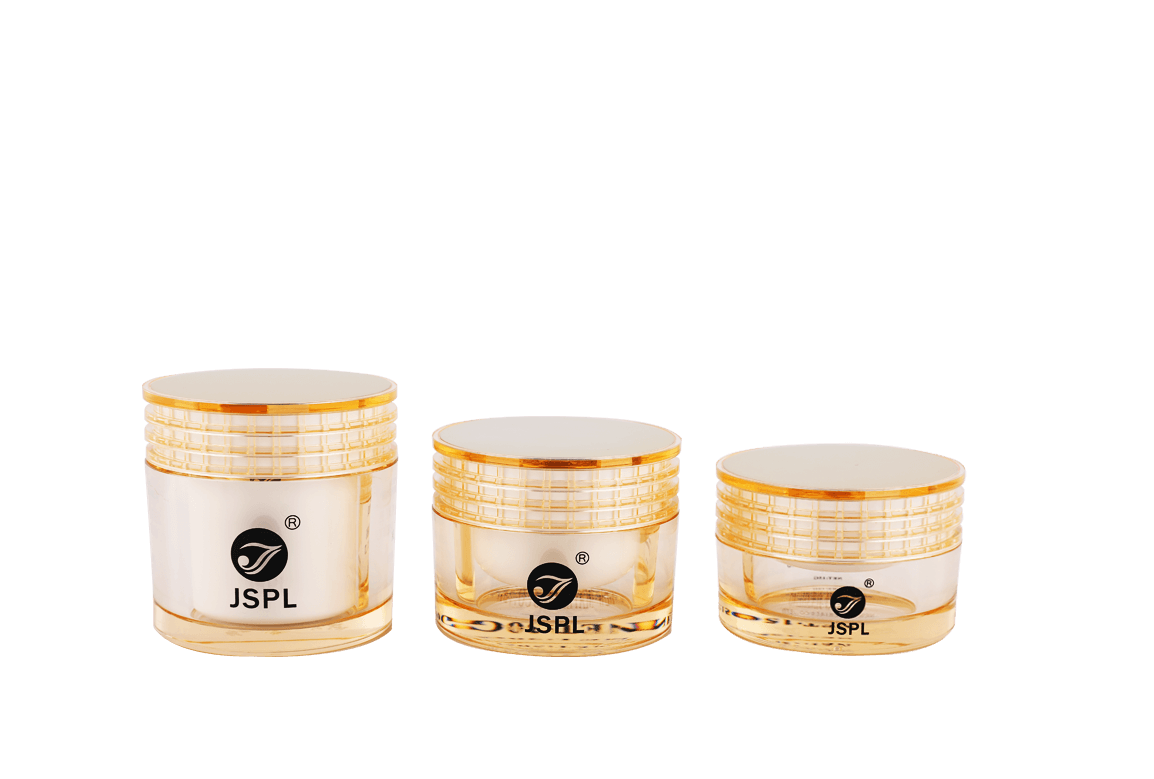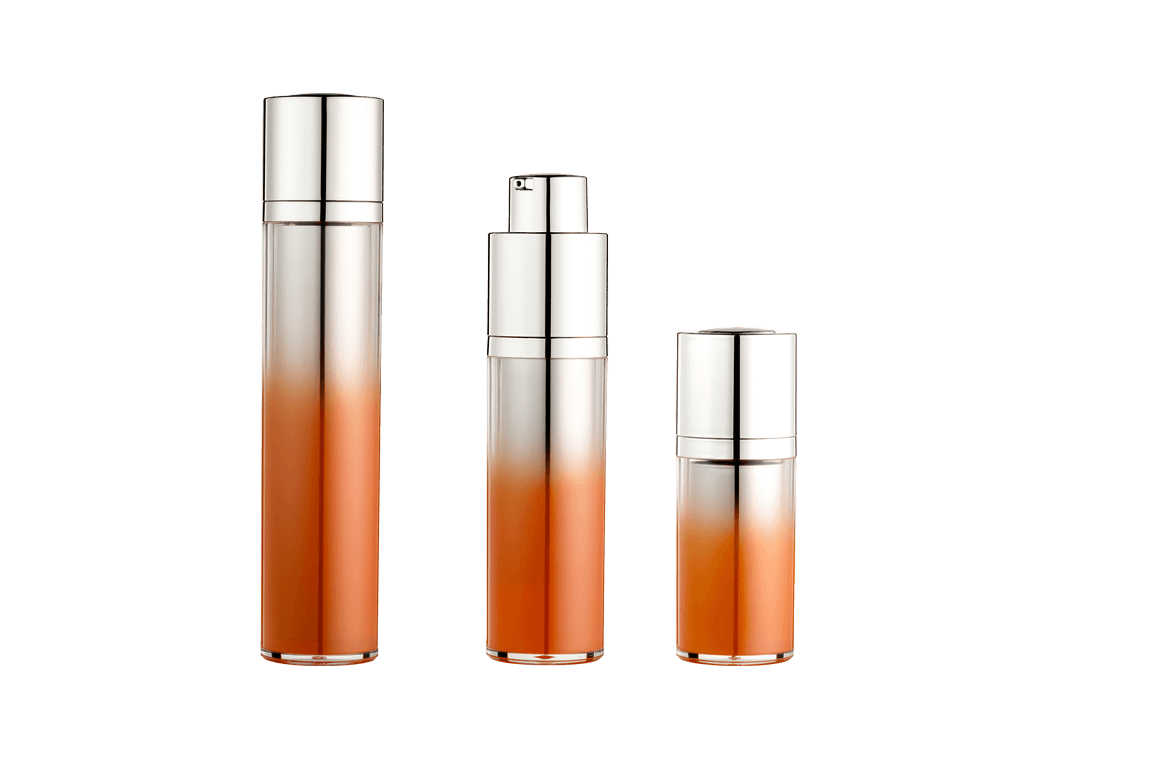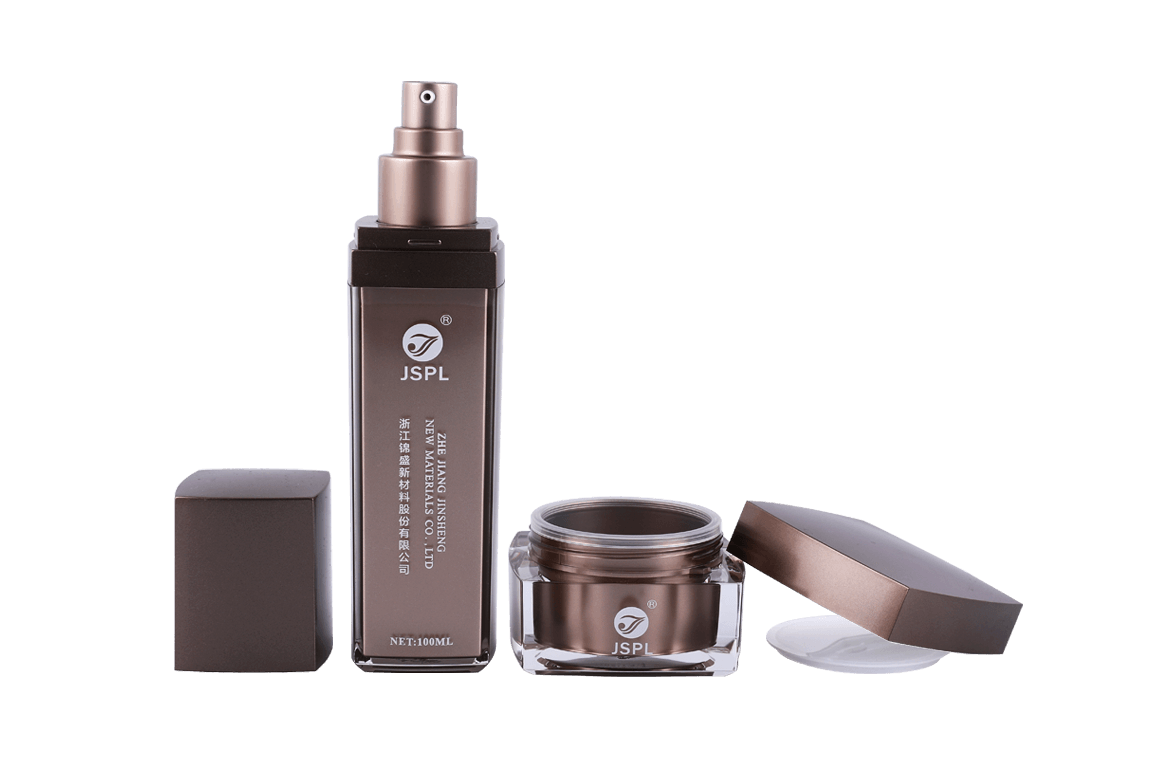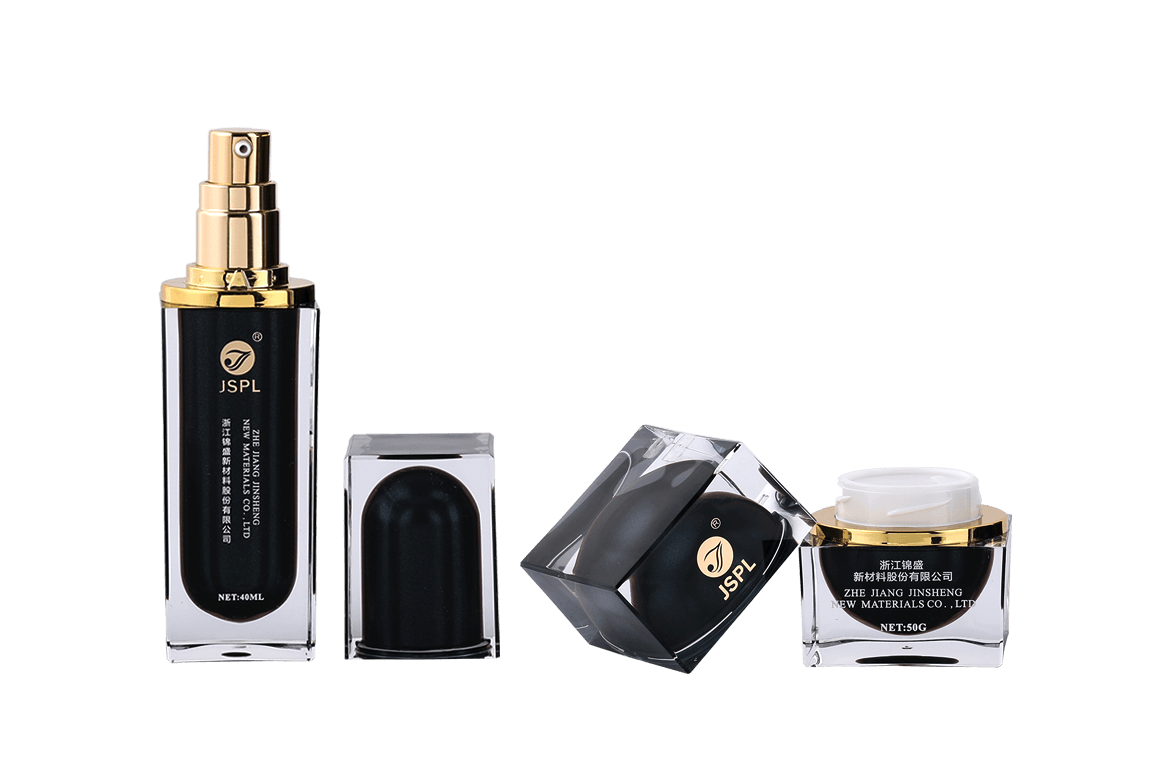In the production process of cosmetic bottle suits, injection molding and bottle blowing are two key process steps. Bubbles on the surface of the product, deformation of the bottle body and other molding defects directly affect the brand image and user experience. To produce high-quality cosmetic packaging, system optimization is required in terms of process control, equipment accuracy, material selection, etc.
The key role of drying of raw materials in preventing bubbles
Plastic raw materials are prone to produce bubbles when heated and melted due to excessive moisture content during the molding process. In particular, materials with strong hygroscopicity such as PET, PA, and PC, if not fully dried, will cause silver threads, bubbles or whitening inside or on the surface of the molded product.
The drying temperature and time control must comply with the material technical parameters. For example, PET generally needs to be dried at 120°C for 4 hours.
The use of a honeycomb dehumidification drying system can maintain a low dew point and avoid secondary moisture absorption caused by traditional hot air drying methods.
The drying equipment needs to clean the filter and air duct system regularly to prevent the drying efficiency from decreasing.
The influence of injection molding process parameters on bubble and deformation control
The injection speed, holding time, melt temperature and mold temperature in the injection molding process are directly related to the molding quality.
Too fast injection speed can easily cause air to be drawn in, forming voids and bubbles, and the filling process needs to be controlled by segmented injection.
Insufficient holding time will cause uneven cooling of the plastic, resulting in shrinkage, dents and other problems. It is recommended to reasonably extend the holding stage according to the wall thickness of the product.
The melt temperature should be strictly controlled within the process range to avoid degradation and gas production due to overheating or poor filling due to excessive melt viscosity.
Unstable mold temperature will cause uneven shrinkage, local deformation or warping, and a precise temperature control system is required.
Control strategy of bottle deformation and uneven thickness in bottle blowing process
The bottle blowing process is commonly used for the molding of materials such as PET bottles and PE soft bottles. Controlling deformation and uniformity of bottle wall thickness is the key.
The pre-blowing pressure and time need to be optimized and adjusted according to the bottle structure. Too early or too late will lead to insufficient stretching or too thin bottle bottom.
The temperature of the heating furnace needs to form a reasonable temperature zone gradient to heat the embryo tube evenly. If the embryo is overheated, it is easy to sag, and if it is too cold, it is difficult to stretch.
The wall thickness of the embryo itself must be consistent, otherwise it is easy to cause uneven thickness of the molded bottle wall after blowing, affecting the stiffness and appearance of the bottle.
The infrared temperature control system can monitor the temperature of the embryo in real time to ensure that each part reaches the best molding state.
The decisive influence of mold design and maintenance on molding quality
The mold precision and cooling system design directly affect the surface quality and dimensional stability of the product.
The design of the mold vent groove must be reasonable to avoid gas retention in the cavity, resulting in bubbles, burning or short shots.
The mold cooling system should be evenly distributed to ensure that the temperature of the entire mold cavity is consistent and avoid warping due to insufficient local cooling.
Regularly check the mold clamping gap to prevent visual defects such as burrs and flashes caused by loose clamping.
Polishing molds that are frequently used can improve the finish and reduce particles or flow marks on the product surface.
The role of environmental and equipment stability in ensuring molding consistency
The temperature and humidity of the production workshop and the stability of mechanical equipment are important factors affecting product consistency.
The production environment should maintain constant temperature and humidity to avoid moisture absorption of materials or errors caused by thermal expansion and contraction of molds.
Injection molding machines and blow molding machines need regular maintenance to ensure consistent clamping force, injection pressure, and stretch rod movements.
The automated production line is equipped with an online monitoring system, which can provide real-time feedback on key process data such as pressure, temperature, and speed to achieve defect warning and process traceability.
The core role of quality control processes in defect prevention
Establishing a complete quality management system can significantly reduce the defect rate of finished products and improve customer satisfaction.
Use an automatic visual inspection system to check whether there are bubbles, dents, cracks, etc. on the bottle mouth, bottle body, and bottle bottom.
Perform physical property tests such as tension, sealing, and temperature resistance to ensure the stability of the bottle body during filling and transportation.
Establish an SPC statistical process control system to monitor key process parameters and prevent continuous amplification of deviations.
Establish a complete operating SOP and job training mechanism to reduce quality fluctuations caused by differences in human operations.

 Chinese
Chinese España
España Italia
Italia Le français
Le français
